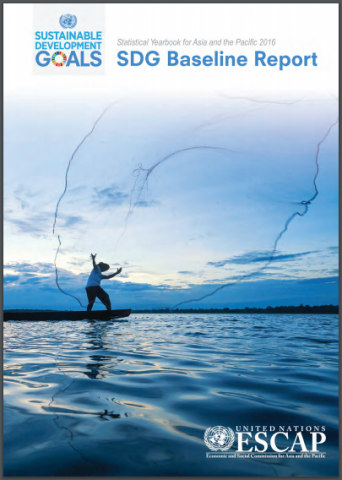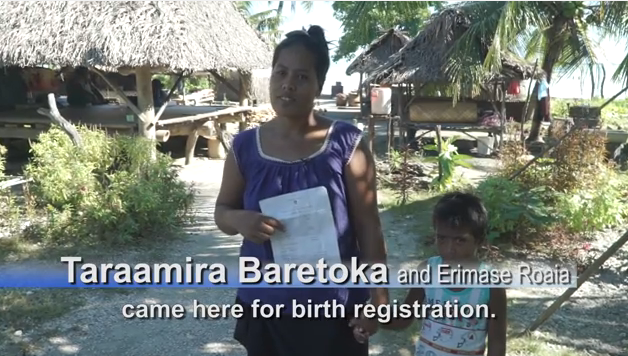ESCAP recently launched the Asia-Pacific SDG Baseline Report during a presentation of regional perspectives on the implementation of the Sustainable Development Goals (SDGs). The presentation was held, during the 2017 High-level Political Forum on Sustainable Development (HLPF) in New York.
The new report establishes a baseline for the SDGs by illustrating the development gaps that need to be addressed for the successful implementation of the SDGs. The analysis focuses on global SDG indicators to assess regional achievements for each SDG in the baseline year 2015. It applies a subset of these indicators to illustrate the progress made since 2000 and progress needed to meet the 2030 targets.
The report identifies data scarcity in the Asia-Pacific region as a major challenge and outlines that the SDGs indicator framework goes beyond the official statistics that are currently produced in the Asia-Pacific region.
The key role of well-functioning CRVS systems to both measure and meet SDG targets is highlighted in the report. A significant portion of the SDG indicators are directly dependent on timely and universal recording of vital events, while two of the SDGs include specific indicators on registration completeness. At its most fundamental, CRVS is essential for population data as a denominator for all population-based targets and indicators. More directly however, CRVS is both a target in its own right (Goal 16); is necessary for monitoring key outcome indicators (such as maternal mortality and NCD related deaths); and is a key strategy for effecting progress in others (such as social inclusion and access to education).



